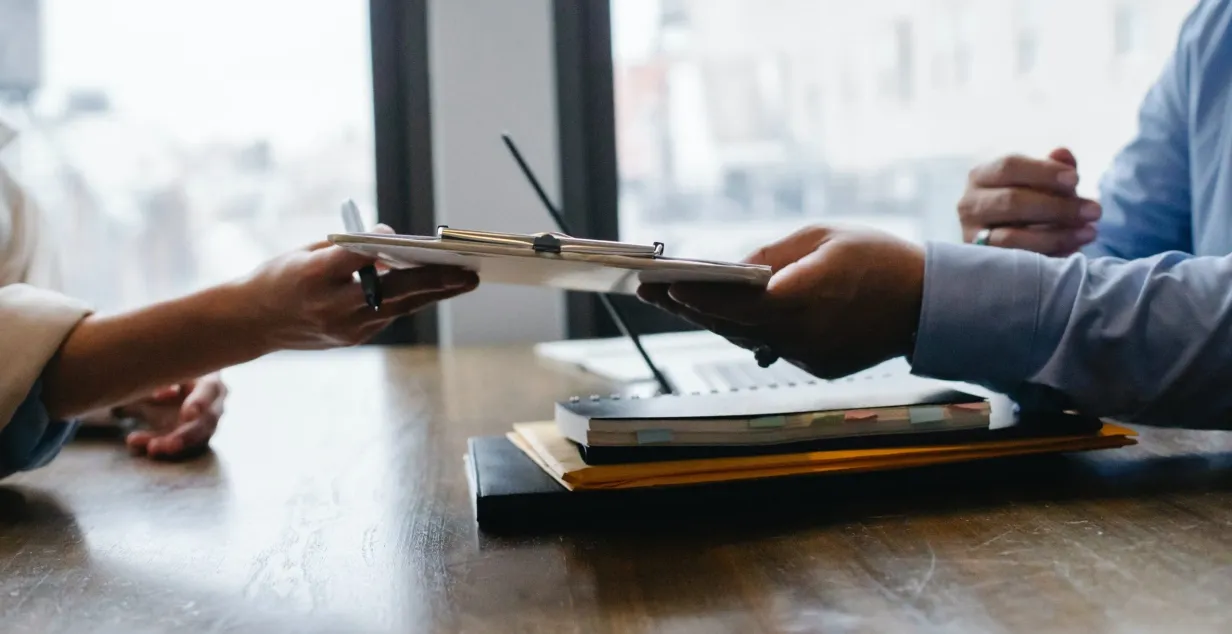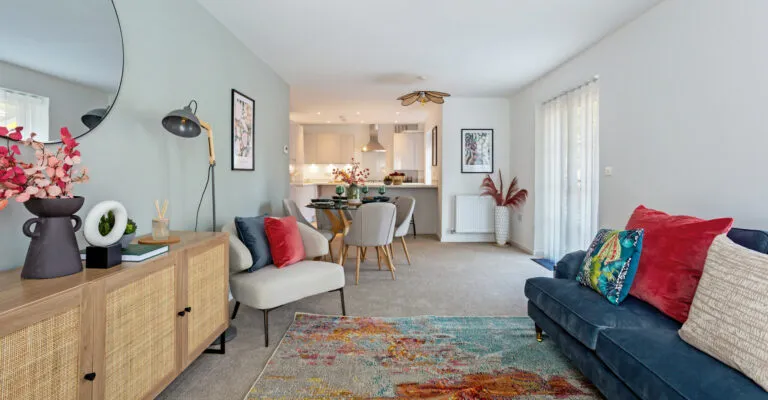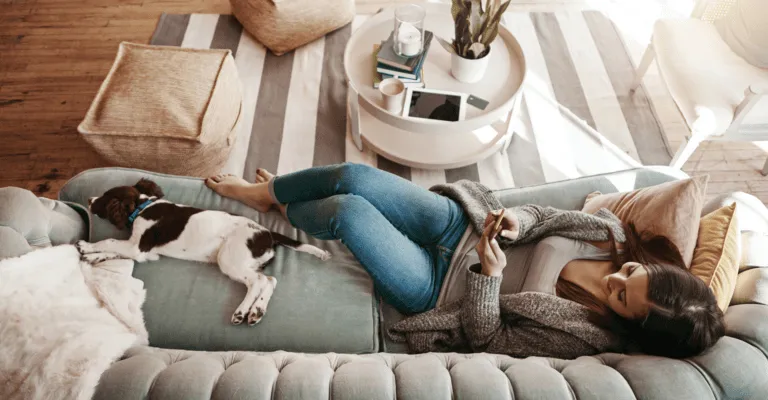Understanding Stamp Duty on Shared Ownership properties

Shared Ownership might offer a more affordable alternative to regular home-buying, but there’s still added costs that you’ll need to consider before diving in headfirst. One of these added fees is Stamp Duty Land Tax, which works differently to if you were buying your home outright.
Thinking of using Shared Ownership to get on the property ladder? Here’s everything you need to know about Stamp Duty when using the scheme.
What is Shared Ownership?
Shared Ownership is a government-backed scheme designed to help first time buyers and middle-income earners get a foot on the property ladder. Using the scheme, you’ll be able to purchase a share (usually between 25% and 75%) of your dream home, while you rent out the share owned by your housing provider. But this is just the start. Over time, you’ll also be granted the option to increase your ownership through a process called ‘staircasing’.
What is Stamp Duty?
Stamp Duty is a tax that you pay if you purchase a home or piece of land over a certain price point. The amount of Stamp Duty you pay depends on various factors, including the property’s purchase price, location, and your individual circumstances. For example, first time buyers don’t have to pay Stamp Duty on the first £425,000 of any property.
How does Stamp Duty work on Shared Ownership?
You might be familiar with how Stamp Duty works on regular properties, but it’s a slightly different story when applied to Shared Ownership.
As a first time buyer, there’s also a bit more freedom with how you choose to pay Stamp Duty. If you prefer to get your Stamp Duty payment over and done with, you’ll have the option to pay Stamp Duty on the full value of your home, as if you were buying the property outright. While this results in a higher cost upfront, it means you won’t need to pay Stamp Duty again.
But there’s also an option for people who want to avoid paying a big Stamp Duty sum. When you buy your first share of a Shared Ownership home, you can decide to only pay Stamp Duty on the share you are buying. Depending on the cost of the share, this could even be less than the threshold for first time buyers, meaning you’ll avoid paying Stamp Duty for the moment. However, if you choose to buy more shares of your home, you may need to pay Stamp Duty again, albeit only for the share you purchase – for example, if you staircase to 80% or above of the property!
How much Stamp Duty do you pay?
Having trouble calculating how much Stamp Duty you need to pay? Don’t panic. Working out Stamp Duty on Shared Ownership can be a complicated process, so here’s how you do it:
Get in contact with a solicitor or tax advisor to help decide the best option for your circumstances, whether you pay your Stamp Duty up front, or on a share-by-share basis.
Work out the total value of your property (not just the share cost!).
Decide what percentage share to buy, and apply this to the total property value. For example, a 20% share of a property worth £300,000 will mean your share value is £60,000.
You work out the Stamp Duty you pay based on the value of your share, and the first time buyer threshold.
Check the current Stamp Duty threshold in your area as these can differ across the UK – in England, for example, first time buyers pay no Stamp Duty on homes up to £425,000. This means that if your initial share is £60,000, you’ll be exempt from paying Stamp Duty for the time being.
Have a question or query about the various costs of Shared Ownership? Check out our guide to get the run-down on concepts like Shared Ownership deposits and staircasing. Once you feel like you know your stuff, you can find your perfect Shared Ownership home using our property portal!

